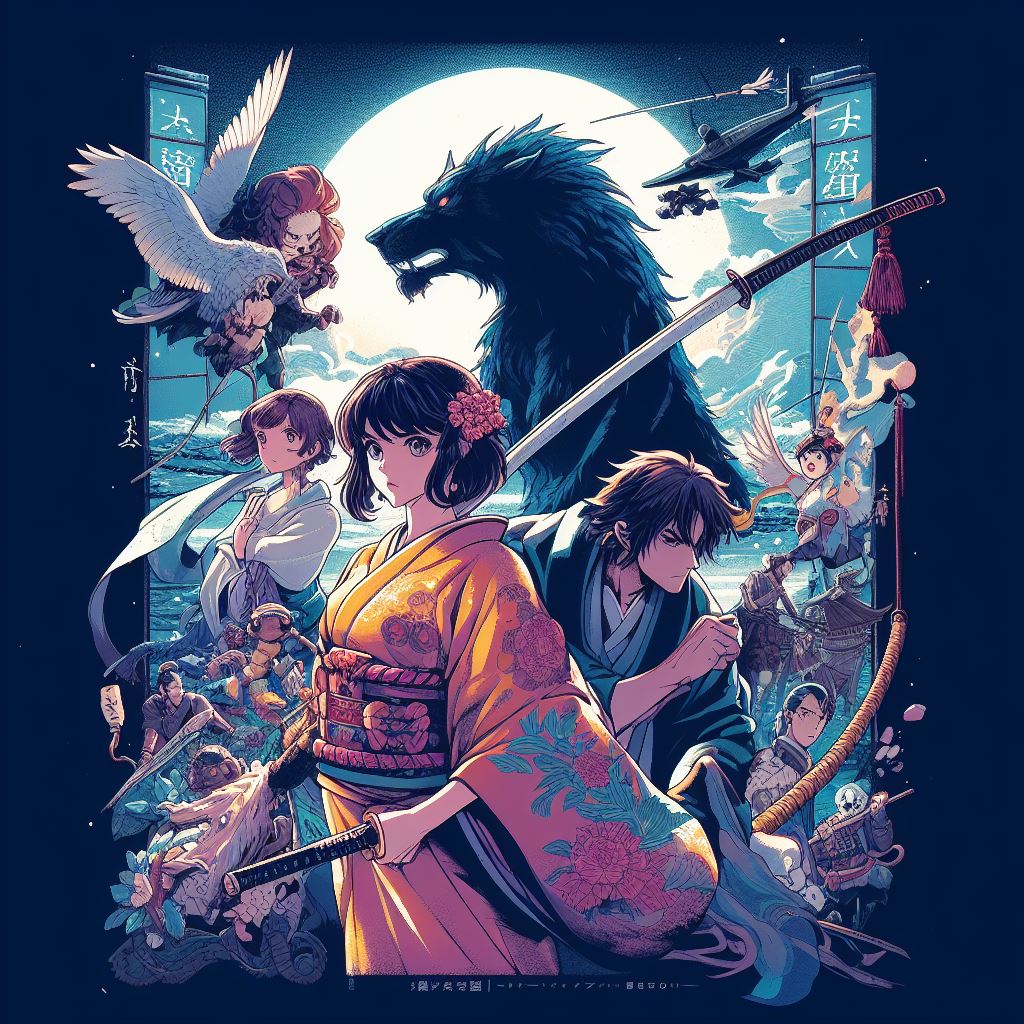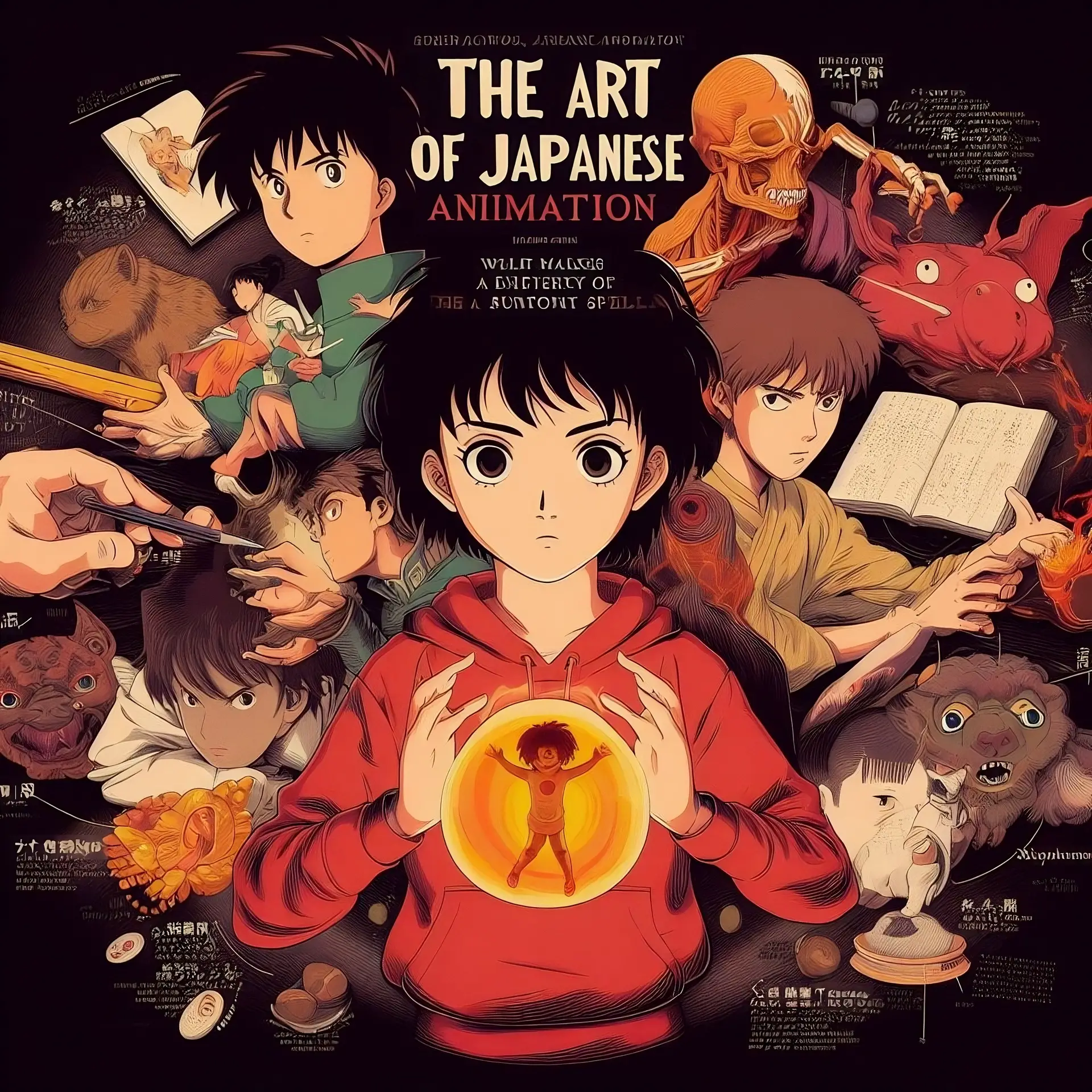Anime is not just a genre, but a medium that encompasses many genres, themes, and artistic expressions.
But what makes anime so special and unique? What are the characteristics that distinguish anime from other forms of animation?
In this post, we will explore some of the aspects that make anime stand out and appeal to millions of fans.
One of the most noticeable features of anime is its distinctive art style. Anime characters often have large and expressive eyes, exaggerated facial expressions, and stylized hair and clothing. Anime also uses a variety of techniques to create dynamic and immersive scenes, such as camera angles, lighting, shading, and special effects. Anime also pays attention to the detail and realism of the backgrounds, which often depict beautiful landscapes, futuristic cities, or historical settings. Anime art style is influenced by various sources, such as manga (Japanese comics), ukiyo-e (Japanese woodblock prints), Western animation, and live-action cinema.
Another characteristic of anime is its complex and diverse plots. Anime stories can range from slice-of-life comedy to epic fantasy, from romance to horror, from sci-fi to historical drama. Anime often explores themes that are relevant to contemporary society, such as identity, morality, politics, religion, and environmental issues. Anime also often incorporates elements of Japanese culture and mythology, such as Shintoism, Buddhism, folklore, and martial arts. Anime stories can also be influenced by other media, such as novels, video games, or even Western literature.

A third characteristic of anime is its rich and varied character archetypes. Anime characters can be classified into different types based on their personality, appearance, role, or relationship with other characters. Some of the most common anime character archetypes are:
- Tsundere: A character who acts cold and hostile towards their love interest, but actually has a soft and caring side.
- Yandere: A character who is obsessed with their love interest and will do anything to keep them, even if it means harming others or themselves.
- Kuudere: A character who is calm and emotionless on the surface, but has hidden feelings or passions.
- Dandere: A character who is shy and quiet around others, but opens up when they are alone with their love interest.
- Deredere: A character who is cheerful and affectionate towards everyone.
- Himedere: A female character who acts like a princess and expects others to treat her as such.
- Oujidere: A male character who acts like a prince and charms others with his elegance and charisma.
- Kamidere: A character who has a god complex and believes they are superior to everyone else.
- Bakadere: A character who is clumsy and naive, but also cute and lovable.
- Yandadere: A character who is a combination of yandere and bakadere
These are just some of the examples of anime character archetypes that can be found in various anime series. These archetypes can help create interesting and dynamic interactions between characters, as well as provide humor or drama.
Anime is a unique and fascinating form of animation that has captivated audiences around the world. Anime offers a wide range of artistic expressions, stories, and characters that can appeal to different tastes and preferences. Anime is also a reflection of Japanese culture and history, as well as a source of inspiration for other media. Anime is more than just cartoons; it is an art form that deserves appreciation and respect.
What are your opinions on this matter?
Do you agree or disagree and why?


